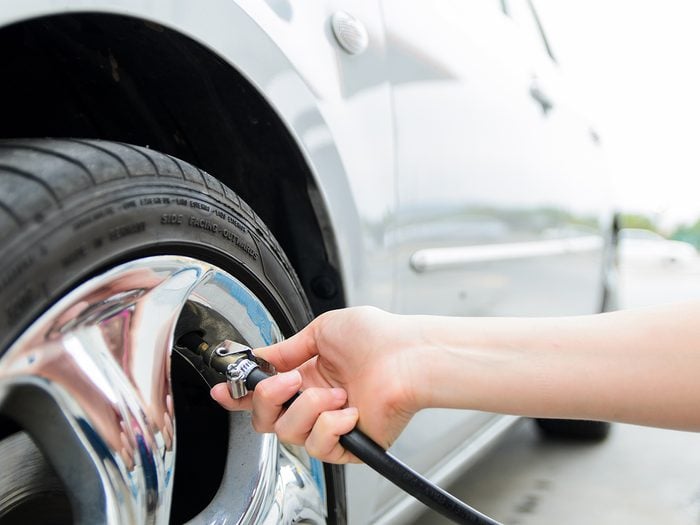
Air can save you money
It takes more energy to roll on an under-inflated tire, and you can lose 0.3 per cent of your fuel mileage if one of yours is just a pound of air short. About half of all Canadian vehicles have at least one tire that’s 10 per cent above or below its recommended pressure.
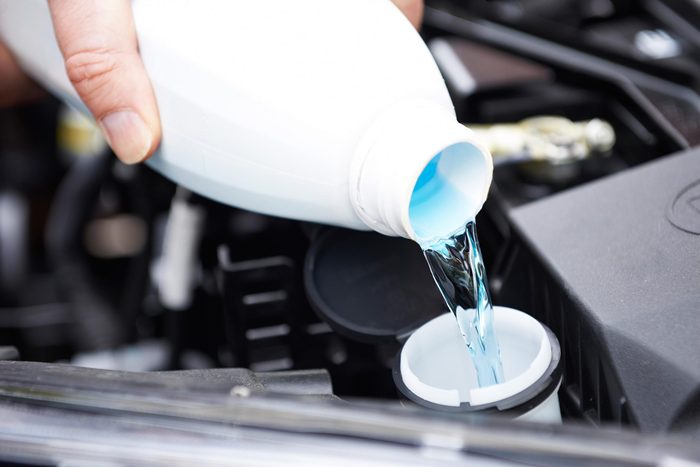
Choose the proper fluids for brakes, cooling and other systems
For models built after the year 2000, “it’s crucial that you use the manufacturer’s fluids or equivalents,” says Jason D’Amico, professor of automotive technology at Centennial College in Toronto. If you decide not to, transmissions and other components may be noisy or perform poorly.
Here are seven car fluids to check right now.
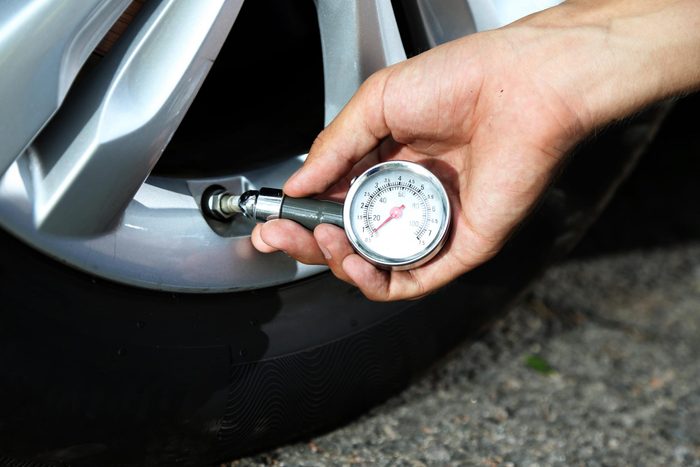
Prioritize your tires
When they don’t have enough tread, you aren’t able to stop quickly or handle slippery roads. “Place a dime in one of the tire’s grooves, with the Bluenose’s sails pointing down,” says Glenn Maidment, president of the Tire and Rubber Association of Canada. If you can see all of the sails, the tire needs replacing.

Pay attention to recalls
Recalls identify potential safety issues. Even though automakers provide free repairs for recalled vehicles, it’s estimated that about 20 per cent of owners don’t take advantage. Visit your automaker’s website to check each vehicle’s recall status.
Find out the best time to buy a new car in Canada.
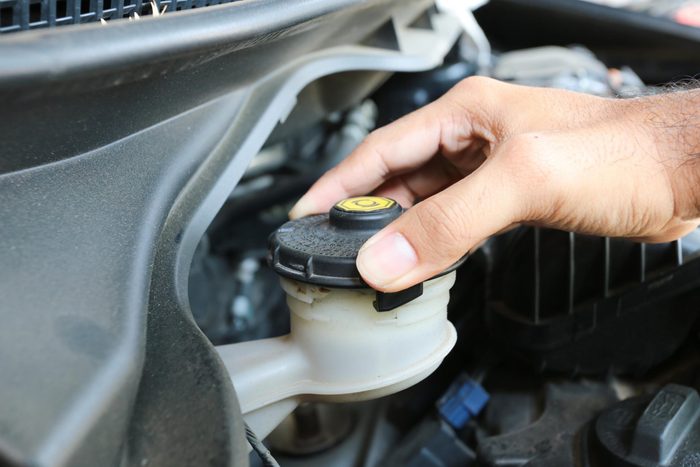
Replace your brake fluid every two years
It’s hygroscopic, meaning it pulls moisture out of the air. This water contamination greatly increases the risk of brake failure.
Here’s what it could mean if your car shakes when braking.
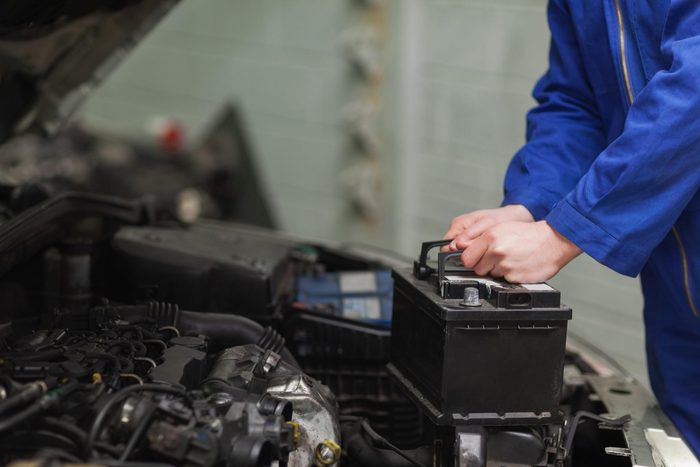
Have your battery checked
Avoid waiting until your car won’t start to replace your battery. Have it checked every fall after the three-year mark instead. Batteries hate the cold, and one that’s failing could work at 20°C but leave you stranded when temperatures plummet.
Find out how long a car battery should last.

Use the right grade of fuel
Some sportier models require premium, which ignites more evenly in their higher-compression engines. Regular fuel can leave these vehicles running sluggishly.

Go long
During short trips, your vehicle’s engine doesn’t heat up enough to remove condensation, which reduces the engine oil’s ability to protect moving parts. If you can’t take a drive lasting at least 30 to 45 minutes each week, D’Amico advises changing your oil every three months, regardless of mileage.
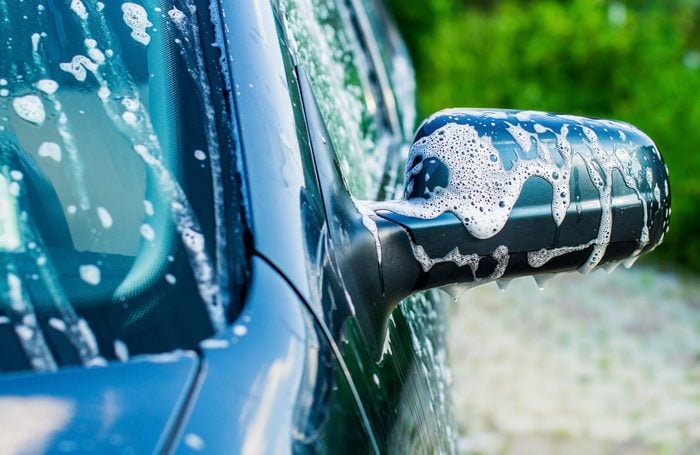
Wash your car thoroughly
After every winter, use a self-serve car wash to remove salt from your vehicle’s underside until the water runs clear. Otherwise, buildup can rust the floor pan or corrode electrical wiring or brake lines.
Discover more car washing tips from the pros.
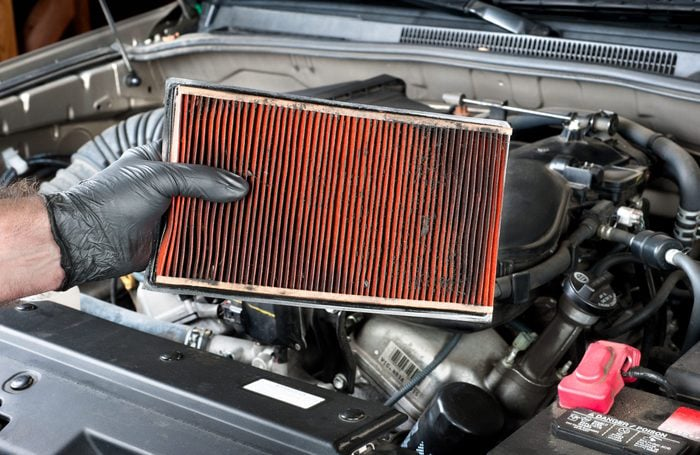
Inspect your air filter
Have the air filter inspected at every other oil change. If it gets dirty and clogged, it can cause your vehicle to use more fuel.
Find out more tricks to get better gas mileage.
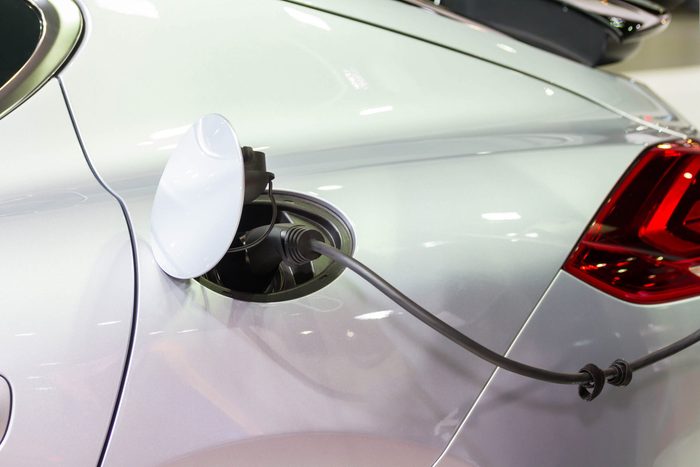
Budget for maintenance
If you’re considering a more eco-friendly vehicle, budget for maintenance. Hybrid engines still require oil changes. And while electric cars don’t contain oil, you should have their brakes and steering inspected at least once a year.
Here are 20 essential auto tools no home mechanic should be without.

Select your repair facility wisely
Quick-lube shops seldom employ licensed technicians to inspect safety items such as brakes. Make sure to head to a shop with licensed techs—their provincially issued credentials will be on display—for a safety check each year.
Discover more secrets mechanics don’t want you to know.

Listen to your car
Open the window to check for grinding or squealing brakes, clunks when you turn the steering wheel or noisy exhaust. If you can hear a humming noise when the window is closed, it could be an under-lubricated wheel bearing. The bearing noise is speed sensitive, “so the faster you go, the louder it gets,” D’Amico says.
Now that you’ve got these car repair tips under your belt, find out what these strange car noises could mean.